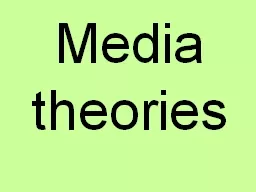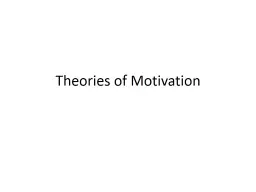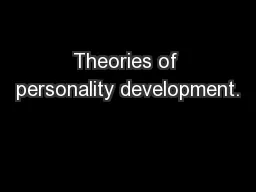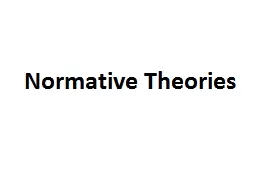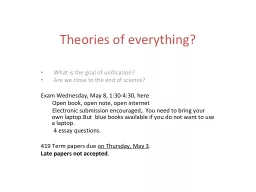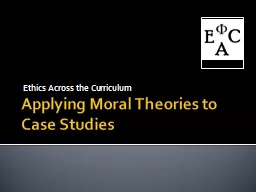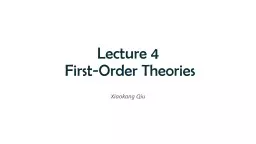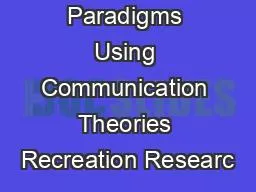An Introduction of Investment Theories Contents 1.
Author : debby-jeon | Published Date : 2025-06-27
Description: An Introduction of Investment Theories Contents 1 The role of investment theory in corporate finance 2 Arithmetic return 3 Geometric return 4History of the investment theory Optional 1 The role of investment theory in corporate
Presentation Embed Code
Download Presentation
Download
Presentation The PPT/PDF document
"An Introduction of Investment Theories Contents 1." is the property of its rightful owner.
Permission is granted to download and print the materials on this website for personal, non-commercial use only,
and to display it on your personal computer provided you do not modify the materials and that you retain all
copyright notices contained in the materials. By downloading content from our website, you accept the terms of
this agreement.
Transcript:An Introduction of Investment Theories Contents 1.:
An Introduction of Investment Theories Contents 1. The role of investment theory in corporate finance 2. Arithmetic return 3. Geometric return 4.History of the investment theory (Optional) 1. The role of investment theory in corporate finance The investment theory tells us how to determine the cost of equity, which we will use in determining the cost of capital How to determine cost of equity? Mainly, there are two methods The first is CAPM. CAPM doesn’t provide quantitative measure of expected market return. We usually approximate it with historical return. The second method is DCF (Discounted Cash Flows) Theoretically, two methods should yield the same result. What are the empirical results? Fama and French’s 2002 paper, Equity Premium, provides a summary of the long term empirical results in the US equity market. Fama French 2002 paper Equity Premium Discussion From 1872 to 1950, cost of equity of the whole equity market calculated from DCF is 8.08%and cost of equity calculated from historical return is 8.30%. They are pretty close. From 1951 to 2000, cost of equity of the whole equity market calculated from DCF is 4.75% and cost of equity calculated from historical return is 9.62%. The annual difference is almost 5%. The results from the two methods are very different. Discussion DCF (Discounted Cash Flows) is an economic measure. It measures what the company actually earn. Stock market return is a financial measure. We would expect these two measures yield the same results. However, in the past few decades, the two measures diverge significantly. For the purpose of corporate finance, this means that if we use CAPM to determine cost of capital, we will reject almost all honest investment proposals. Discussion Why there is such a divergence between economic return and financial return? There can be many reasons. One reason is the tremendous amount of pension deduction. Most pension money is poured into the stock market. The pension deduction weakens economic return and enhances financial return. Every worker needs to pay pension deduction. Yet most pension money is invested in publicly listed companies, which represent a small percentage of all institutions. Many other reasons, such as monetary policies, cause the divergence between economic return and financial return. The divergence between economic return and financial return is at the heart of many social problems. Finance, instead of serving the whole society, is served by the whole society. Observation In DCF (Discounted


